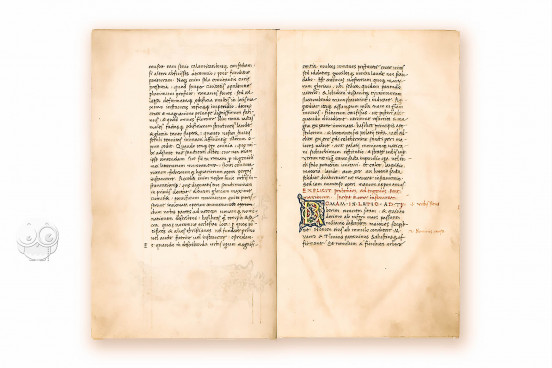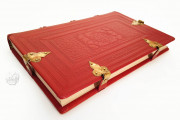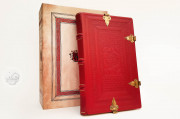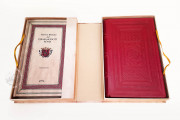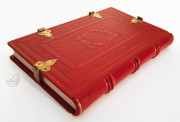The Roma Instaurata is an interesting work on the antique ruins of Rome.
The author, Flavio Biondo (Flavius Blondus) was an Italian Renaissance humanist and historian and is known to be one of the first archeologists.
Flavio published three encyclopedic works: Roma Instaurata (1440-63), Roma Triumphans (1456-60) and Italia Instaurata (1456-60).
They are systematic and documented guides to the ruins and topography of ancient Rome; subsequent antiquaries and historians built on the foundations laid down by Flavio and by his older contemporary, Poggio Bracciolini.
At the time the ruins of ancient Rome were overgrown and unexplored. When in 1420 Bracciolini climbed the Capitol he saw only deserted fields. The Forum, buried in eroded topsoil, was grazed by cows – the Campo Vaccino – and pigs rooted in its unweeded vegetation. Flavio and fellow humanists like Leon Battista Alberti began to explore and document the architecture, topography and history of Rome, and in the process revived a vision of Rome’s former glory.
Flavio’s first work was De Roma Instaurata (Rome Restored, 1444-1448), is a reconstruction of ancient Roman topography.
Roma Instaurata was and remains a highly influential humanist vision of restoring Rome to its previous heights of grandeur by recreating what Rome used to look like based on the ruins which remained.
Matthias Corvinus (23 February 1443 – 6 April 1490) was King of Hungary and Croatia and was one of the most powerful rulers of his age. He was educated in Italian and his fascination with the achievements of the Italian Renaissance led to the promotion of Italian cultural influences is Hungary.
The famous Bibliotheca Corviniana was one of the most renowned libraries of the Renaissance world. Matthias started to collect books from about 1460. At the king’s death, the library consisted of about 3,000 codices or “Corvinae” which included 4,000-5,000 works, many of classical Greek and Latin authors. It represented the literary production and reflected the state of knowledge and arts of the Renaissance and included philosophy, theology, history, law, literature, geography, natural sciences, medicine, architecture, etc.
The Bibliotheca Corviniana was second in size only to the Vatican Library. In 1489, Bartolomeo della Fonte of Florence wrote that Lorenzo de’ Medici founded his own Greek-Latin library encouraged by the example of the Hungarian king.
The Turkish invasion of much of Hungary in the 16th century destroyed the codices.
Only about 650 Corvina survived, now in several libraries in Hungary and Europe. Items from the Bibliotheca Corviniana were inscribed on UNESCO’s Memory of the World Register in 2005 in recognition of their historical significance.
We have 1 facsimile edition of the manuscript "Flavius Blondus: Roma Instaurata": Flavius Blondus: Roma Instaurata facsimile edition, published by Pytheas Books
Request Info / Price
